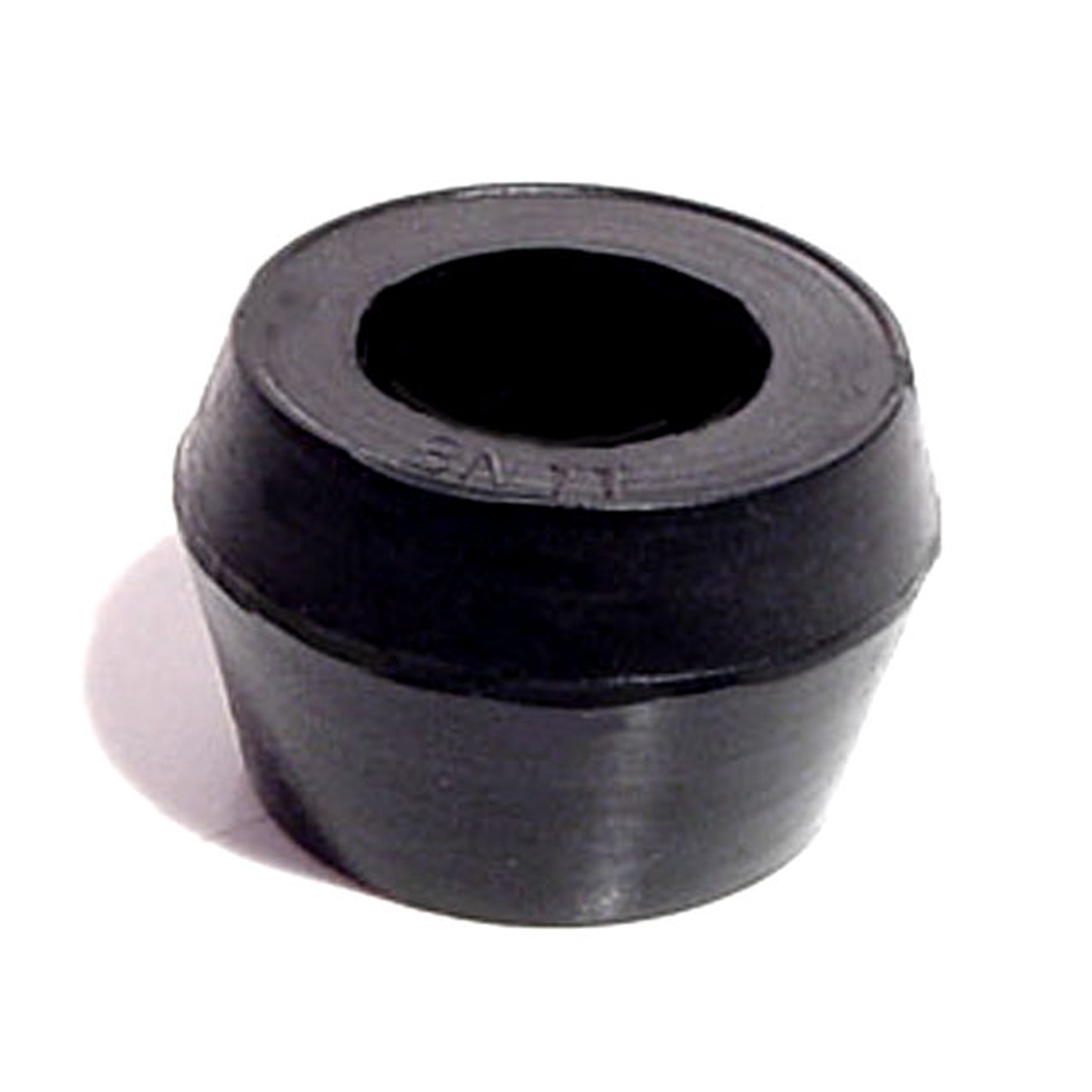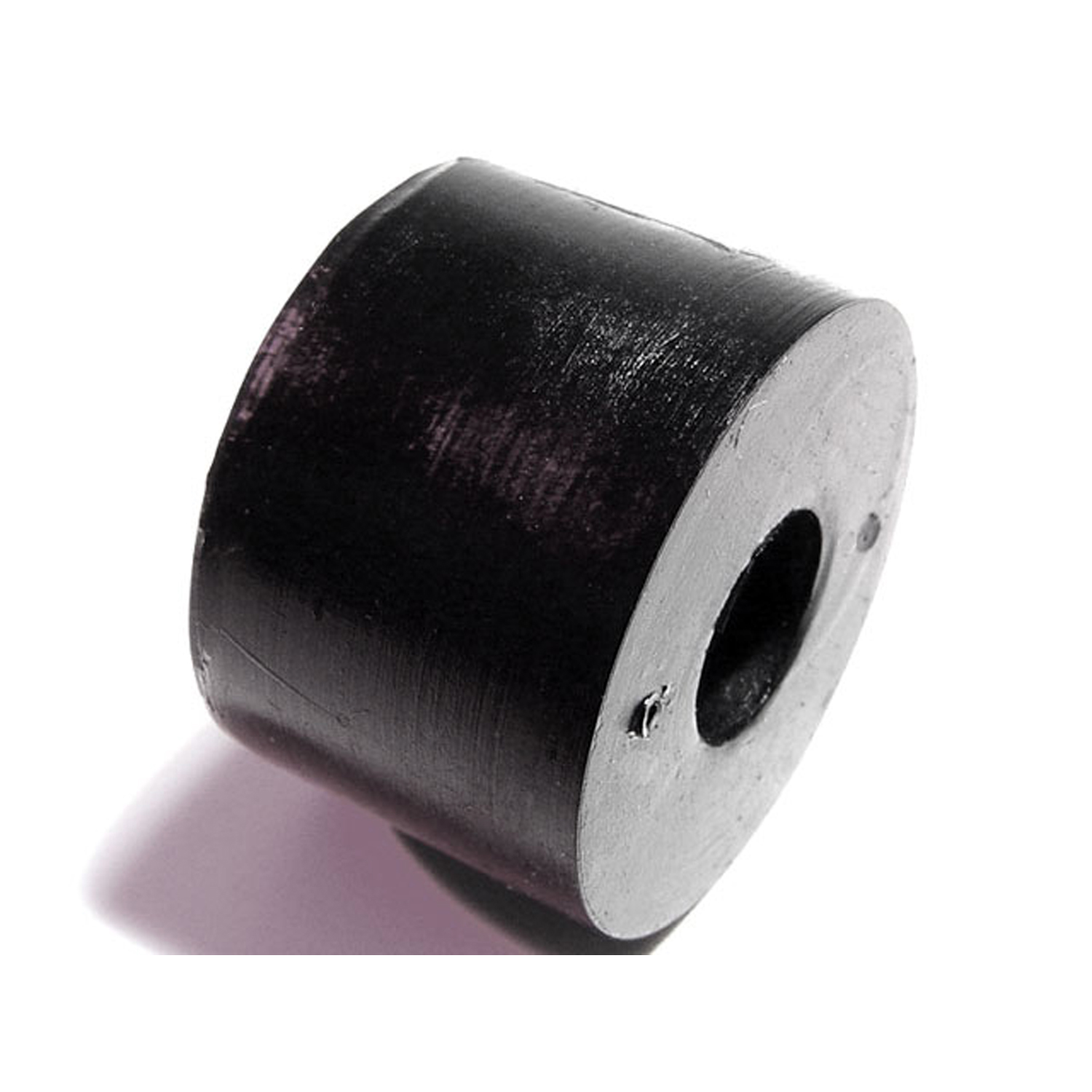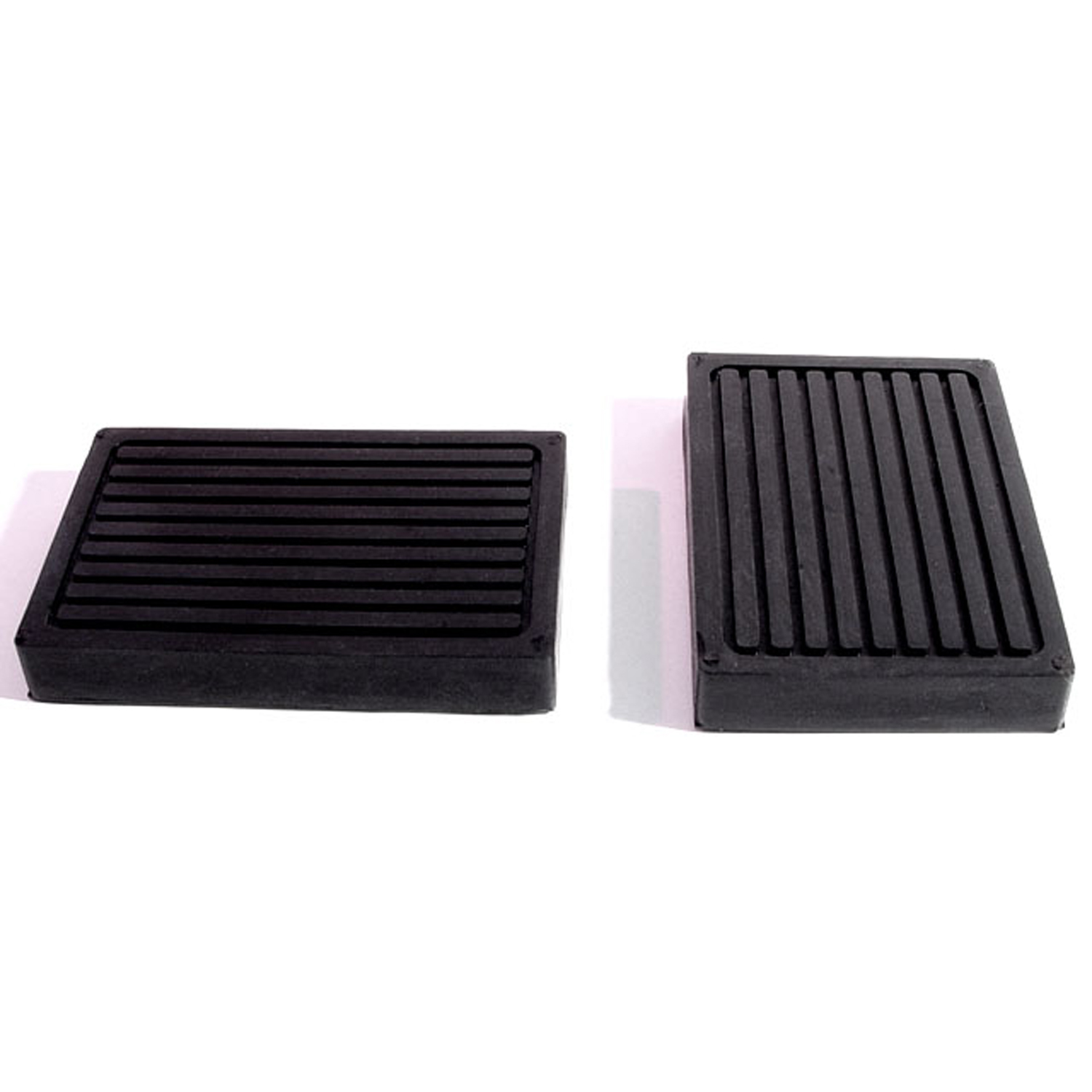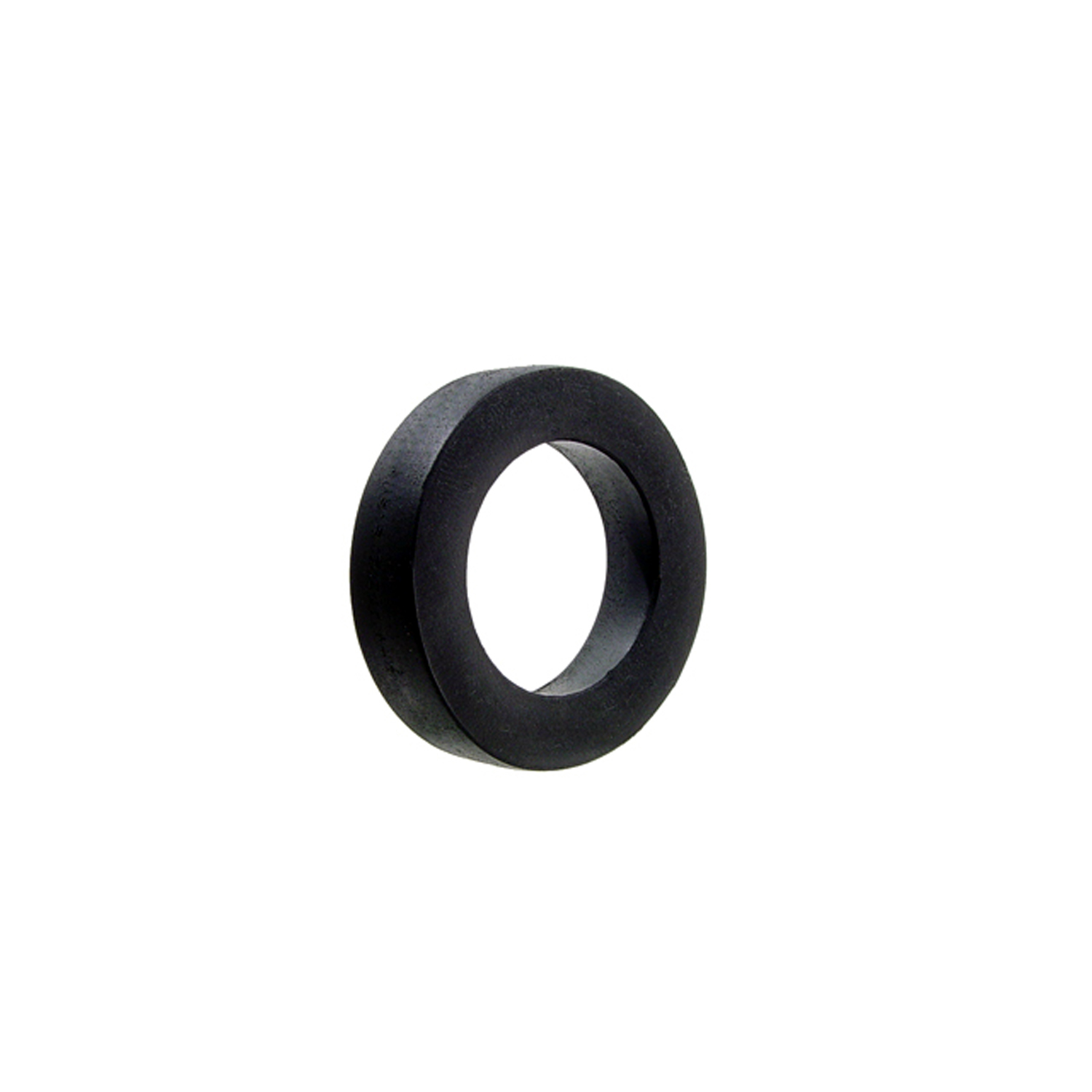Image of 1953 Henry J Corsair, sourced from commons.wikimedia.org , Image Link.
Performance Metrics
Fundamental Metrics
Emotional Appeal
MMP Rating
| Engine Specifications | |
|---|---|
| Engine Options: | 161 CID 6-cylinder |
| Displacement Range: | 161 CID |
| Horsepower Range: | 80 HP |
| Torque: | Estimated at 125 lb-ft |
| Compression Ratio: | 7.2:1 |
| Ignition System: | Distributor and coil |
| Cooling System: | Liquid-cooled |
| Performance Specifications | |
| 0-60 Time: | Estimated at 17 seconds |
| 1/4 Mile Time: | Not available |
| Top Speed: | 80 mph |
| Transmission and Drive | |
| Drive Type: | Rear-wheel drive |
| Transmission Type: | 3-speed manual |
| Fuel and Efficiency | |
| Fuel System Type: | Carburetor |
| MPG: | Estimated at 25-30 MPG |
| Dimensions and Brakes | |
| Brakes: | Drum brakes |
| Wheelbase: | 100 inches |
| Weight: | 2,600 lbs |
Note: Specifications for classic cars are given to the best of our ability, considering the limited and variant data available.
1953 Henry J Corsair: A Testament to Postwar Automotive Ambition
Stepping into the spotlight of America's postwar automotive scene, the 1953 Henry J Corsair was a symbol of innovation and determination. Born from the vision of industrialist Henry J. Kaiser, this automobile emerged as a product of Kaiser-Frazer Corporation, an enterprise that sought to challenge the Big Three automakers. The Corsair was a car that encapsulated the era's spirit, offering a glimpse into a future where efficiency and affordability were paramount. A particularly intriguing fact about the Henry J line is that it was one of the few American cars of the time to be sold through Sears-Roebuck catalogues under the name Allstate.
Design and Innovation: A Glimpse into Postwar Aesthetics
The 1953 Henry J Corsair dazzled with its streamlined silhouette and modest yet charming exterior styling. Its rounded fenders and simplistic grille design reflected a no-frills approach to automotive design that was both practical and endearing. Inside, the Corsair's cabin was a blend of functionality and modest comfort, with materials that were durable if not luxurious. Technological features were sparse compared to today's standards, but for its time, it offered what was necessary for a decent driving experience. Color options ranged from conservative hues to more vibrant tones, with popular choices often reflecting the optimism of the 1950s. The two-door sedan body style was iconic, embodying the essence of postwar American automotive design.
Historical Significance: Paving the Way for Compact Cars
The Henry J Corsair played a pivotal role in shaping the compact car segment in the United States. It stood out from its contemporaries by offering an economical yet capable vehicle at a time when America craved newness and efficiency in the wake of World War II. Its emphasis on simplicity and cost-effectiveness influenced future generations of cars, setting a precedent for what would eventually become an entire market segment dedicated to compact vehicles.
Performance and Handling: A Ride Through Yesteryear
Performance-wise, the 1953 Henry J Corsair wasn't built to break records; it was designed to be reliable and economical. With modest top speeds and acceleration times that wouldn't compete with today's sports cars, it still provided adequate performance for its era. Handling was straightforward, with drivers experiencing a firm ride that communicated every nuance of the road beneath them. The engine's hum and mechanical feedback offered an authentic driving experience that connected driver and machine in an era before electronic aids sanitized driving.
Ownership Experience: A Car for Everyman
The Corsair found its place as an everyday car for average Americans. It served as a daily driver for many, while others cherished it as a showpiece or even raced it in various competitions. Maintenance was relatively simple by modern standards, making it accessible for owners who wished to handle repairs themselves. However, like many vehicles of its time, reliability could be hit or miss depending on maintenance history and usage.
Fun Facts: The Henry J Legacy
The Henry J Corsair leaves behind a trail of interesting trivia. For instance, some models were sold without trunks—a cost-saving measure that required rear-seat access for luggage storage! While celebrity ownerships weren't as common as with luxury brands, this humble car did make cameo appearances in period films and television shows. Criticisms often focused on its spartan amenities and quirky features but ultimately added to its charm.
Collector's Information: Rarity Meets Affordability
Today, collectors might find a 1953 Henry J Corsair valued within a wide range due to condition, originality, and historical significance. Although production numbers weren't exceedingly low (with estimates around tens of thousands), survivors are relatively rare due to age and attrition rates. As such, prices can vary significantly but generally remain within reach for enthusiasts looking to own a piece of compact car history—potentially ranging from $10,000 for models in fair condition up to $40,000 or more for pristine examples.
Conclusion: Celebrating the Underdog
The 1953 Henry J Corsair stands as a testament to postwar America's automotive aspirations—a compact underdog that paved the way for future innovation while embodying the era's can-do spirit. Its story is one of ambition and practicality intertwined; a narrative that continues to captivate classic car enthusiasts around the globe.
1953 Henry J Corsair Catalog of Parts
 1953 Henry J Corsair Shock Absorber Grommet. 1" bottom O.D-BN 11Shock Absorber Grommet. 1" bottom O.D., 3/4" high, with 5/8" I.D. Each
1953 Henry J Corsair Shock Absorber Grommet. 1" bottom O.D-BN 11Shock Absorber Grommet. 1" bottom O.D., 3/4" high, with 5/8" I.D. Each 1953 Henry J Corsair Shock Absorber Grommet. 1" bottom O.D., 5/8" high-BN 13Shock Absorber Grommet. 1" bottom O.D., 5/8" high., with 3/8" I.D. Each
1953 Henry J Corsair Shock Absorber Grommet. 1" bottom O.D., 5/8" high-BN 13Shock Absorber Grommet. 1" bottom O.D., 5/8" high., with 3/8" I.D. Each 1953 Henry J Corsair Clutch and Brake Pedal Pads. 2-1/8" wide X 3-1/4" long-CB 89Clutch and Brake Pedal Pads. 2-1/8" wide X 3-1/4" long. Pair
1953 Henry J Corsair Clutch and Brake Pedal Pads. 2-1/8" wide X 3-1/4" long-CB 89Clutch and Brake Pedal Pads. 2-1/8" wide X 3-1/4" long. Pair 1953 Henry J Corsair Horn contact pad. 3 in. OD x 2 in. ID x 5/8 in. thk-RP 610Horn contact pad. 3 in. OD x 2 in. ID x 5/8 in. thk. Dense rubber. May work as an air-cleaner spacer for Kaiser-Darrin. Each.
1953 Henry J Corsair Horn contact pad. 3 in. OD x 2 in. ID x 5/8 in. thk-RP 610Horn contact pad. 3 in. OD x 2 in. ID x 5/8 in. thk. Dense rubber. May work as an air-cleaner spacer for Kaiser-Darrin. Each.Why Choose Metro?
For over 100 years, Metro Moulded Parts has been the pinnacle of quality in classic car restoration parts. Our commitment to precision and authenticity in every component ensures a perfect fit and an OEM-level appearance.
- Expert Craftsmanship & Quality: Each part is a testament to our dedication to reliability and perfection, crafted from original designs and thoroughly tested.
- Advanced Technology: We use cutting-edge techniques to create flawless, long-lasting parts that surpass others in performance.
- SuperSoft Sponge – The Ultimate Door Seal: Not only are our door seals 30% softer than competitors', but they're also guaranteed to never leak. They effectively reduce wind and road noise, enhancing your classic car's comfort and driving experience.
- Proudly American: Our parts are a product of American craftsmanship, made in the USA with a spirit of excellence and heritage.
- Unrivaled Warranty: We back our products with a 30-year industry-leading warranty, a testament to our confidence in their quality.
Join us in preserving the legacy of classic cars with parts that are crafted for perfection, not just made.

